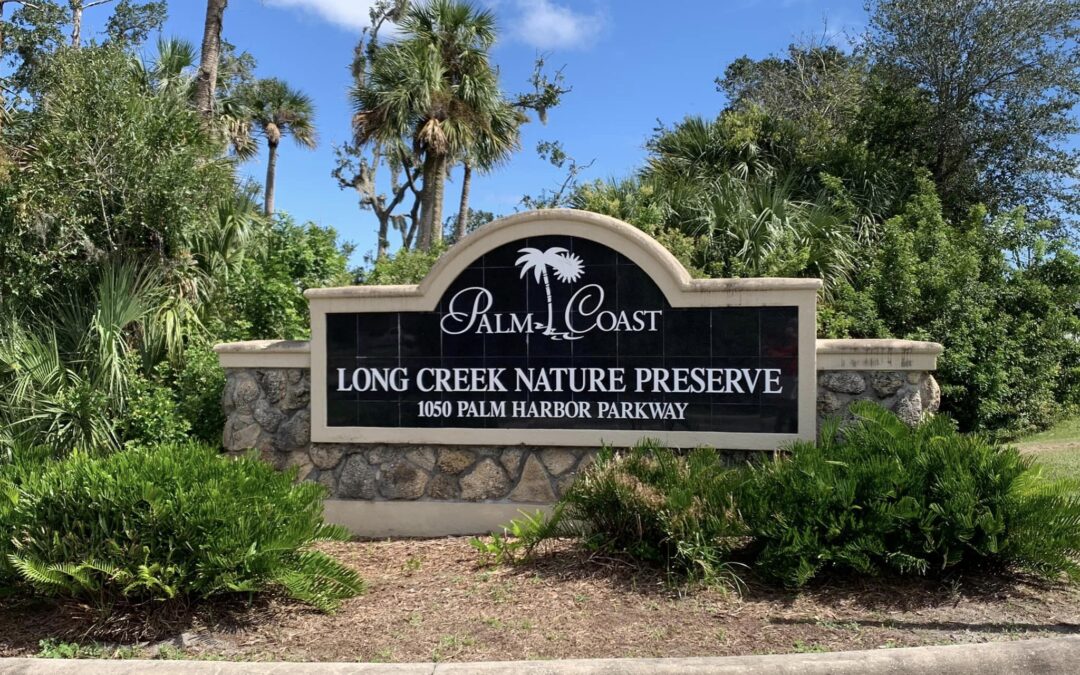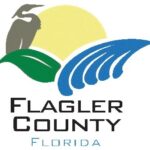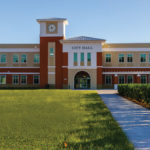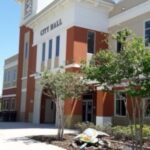On Friday, October 11 at 4 pm the Palm Coast Historical Society together with the City of Palm Coast will provide one more answer to the often asked question “What is so historic about Palm Coast.” All are invited to attend the dedication of the Hernandez Landing Historical Marker being installed at Long Creek Nature Preserve, 1050 Palm Harbor Parkway.
According to the Florida Department of State, “The Florida Historical Marker Program is one of the Division of Historical Resources’ most popular and visible public history programs. It is designed to raise public awareness of Florida’s rich cultural history and to enhance the enjoyment of our historic sites by citizens and tourists.” To access a list of these “bite-size bits of local history” go to HMdb.org. In 2008 archaeologists found remnants of a wooden wharf and bulkhead believed to have served as the area’s first commercial shipping site.
The estuary was once part of an 800-acre Spanish Land Grant received by Joseph Mariano Hernandez in 1816. He and other local plantation owners who cultivated sugarcane, rice, indigo and sea island cotton would have used flat bottom boats to transport their goods through the shallows of Long Creek to waiting ships in the Matanzas River. The area between Long Creek and Old King’s Road was one three plantations owned by Hernandez. It was known as St. Joseph’s. The other two were Mala Compra (present-day Bing’s Landing) and Bella Vista (present-day Washington Oaks State Park).
All were operated through the forced labor of over 75 enslaved people. St. Joseph’s and all other local plantations were burned during the Second Seminole War beginning in 1835. Remaining remnants of the plantation, including an elaborate system of canals, were still visible in the 1960’s prior to the arrival of International Telephone and Telegraph. Infill development of the area by ITT to create commercial and residential sites buried the past. Historical maps and other documents establish the link to our history.










